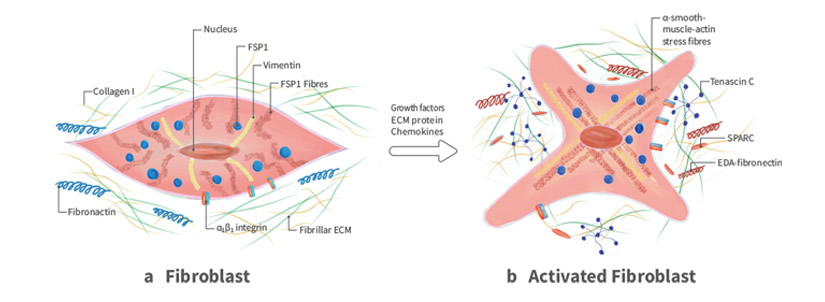
Myofibroblasts are distinguished from activated skin fibroblasts by the expression of AOC3 and other associated markers | PNAS

Modelling cardiac fibrosis using three-dimensional cardiac microtissues derived from human embryonic stem cells | Journal of Biological Engineering | Full Text
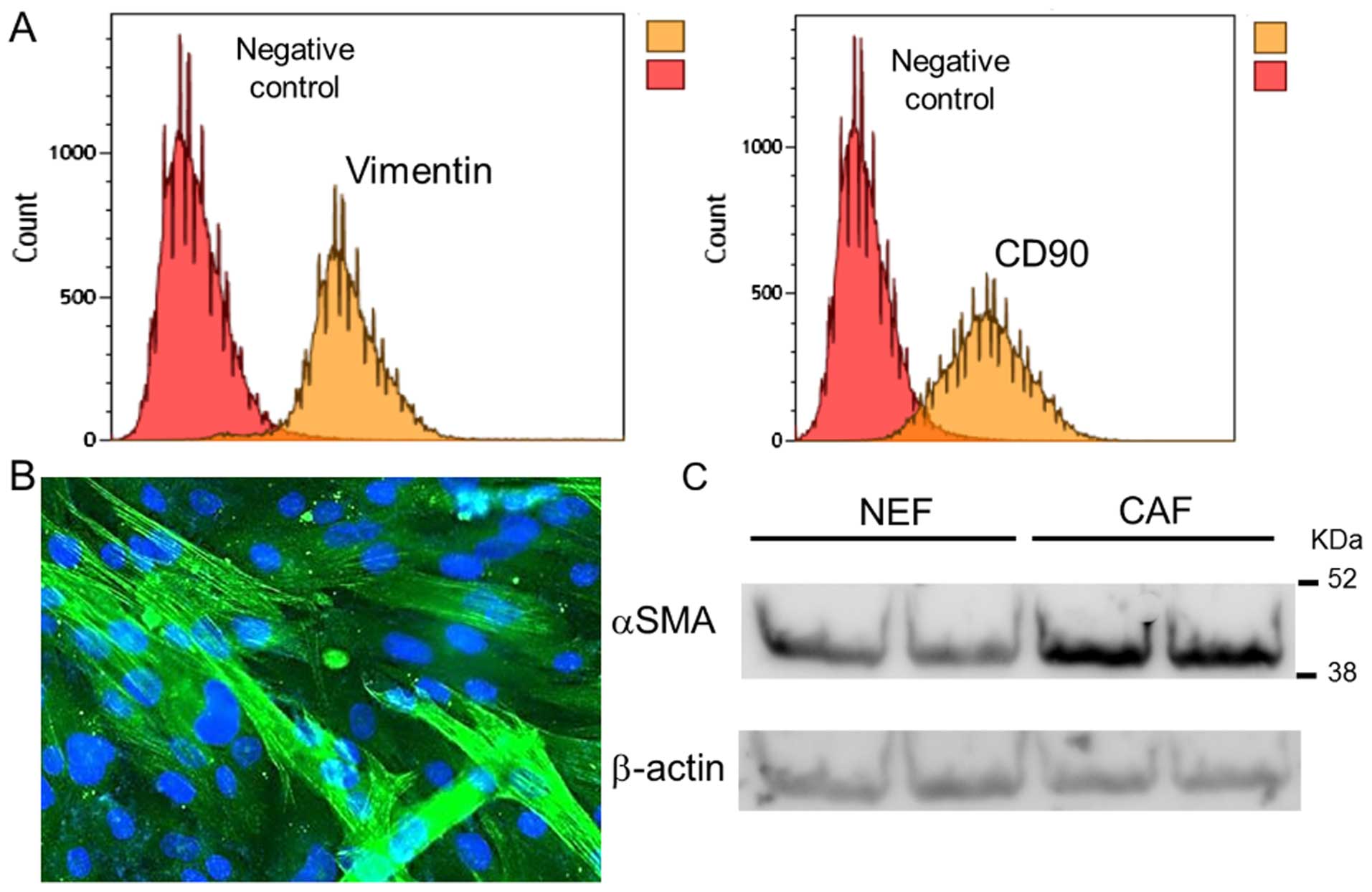
Cancer-associated fibroblast suppresses killing activity of natural killer cells through downregulation of poliovirus receptor (PVR/CD155), a ligand of activating NK receptor

Fibroblast Marker (Vimentin, alpha smooth muscle Actin, Hsp47, S100A4) Antibody Panel - Human, Mouse (ab254015)
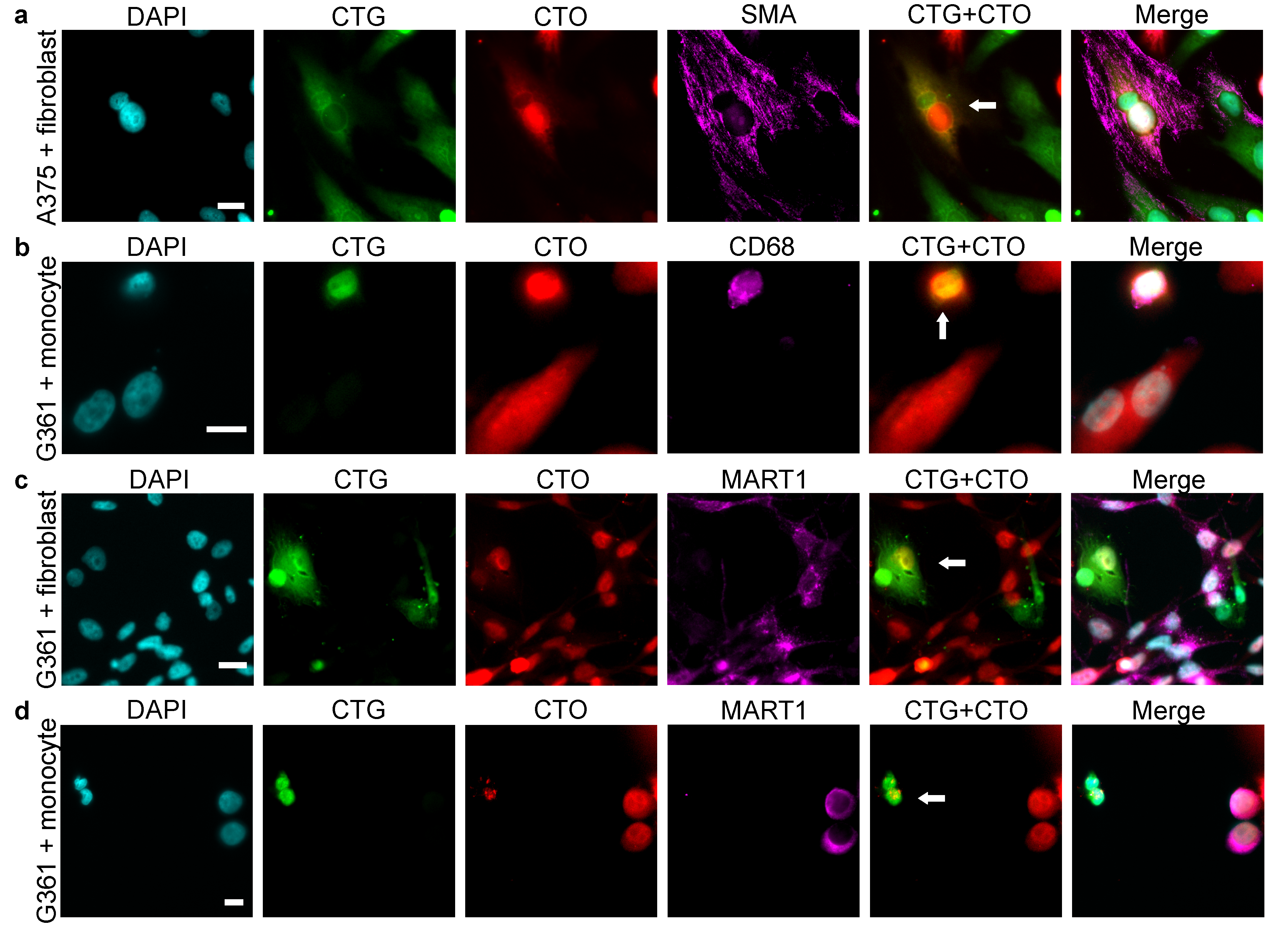
IJMS | Free Full-Text | Melanoma Cells Can Adopt the Phenotype of Stromal Fibroblasts and Macrophages by Spontaneous Cell Fusion in Vitro
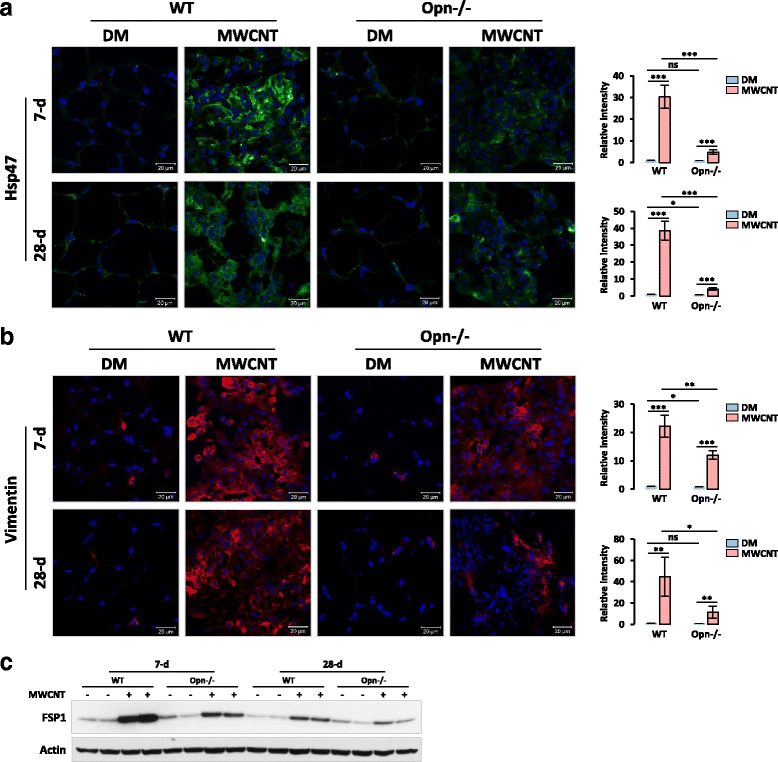
Osteopontin enhances multi-walled carbon nanotube-triggered lung fibrosis by promoting TGF-β1 activation and myofibroblast differentiation | Particle and Fibre Toxicology | Full Text

Fibroblast Marker (Vimentin, alpha smooth muscle Actin, Hsp47, S100A4) Antibody Panel - Human, Mouse (ab254015)

Fibroblast Marker (Vimentin, alpha smooth muscle Actin, Hsp47, S100A4) Antibody Panel - Human, Mouse (ab254015)
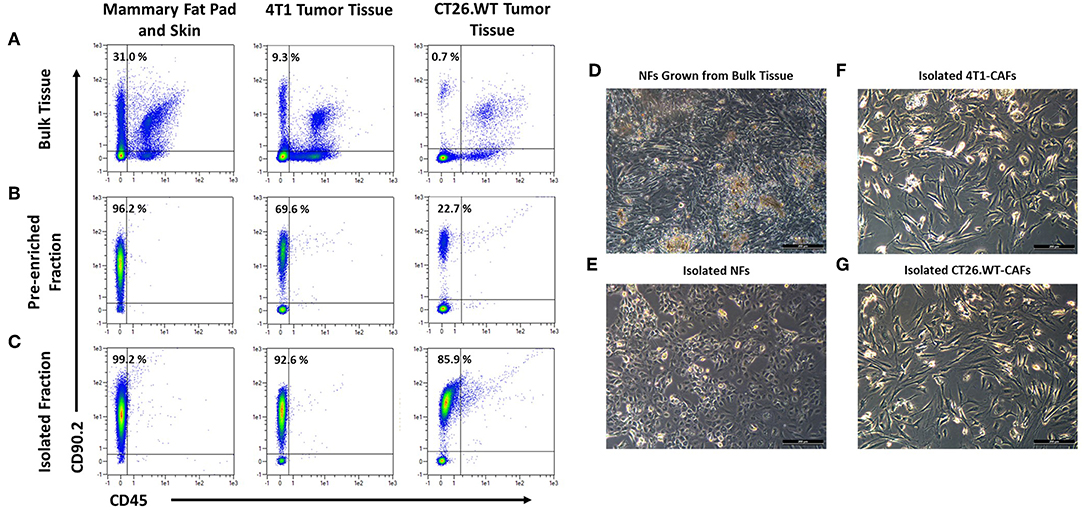
Frontiers | CD49b, CD87, and CD95 Are Markers for Activated Cancer-Associated Fibroblasts Whereas CD39 Marks Quiescent Normal Fibroblasts in Murine Tumor Models
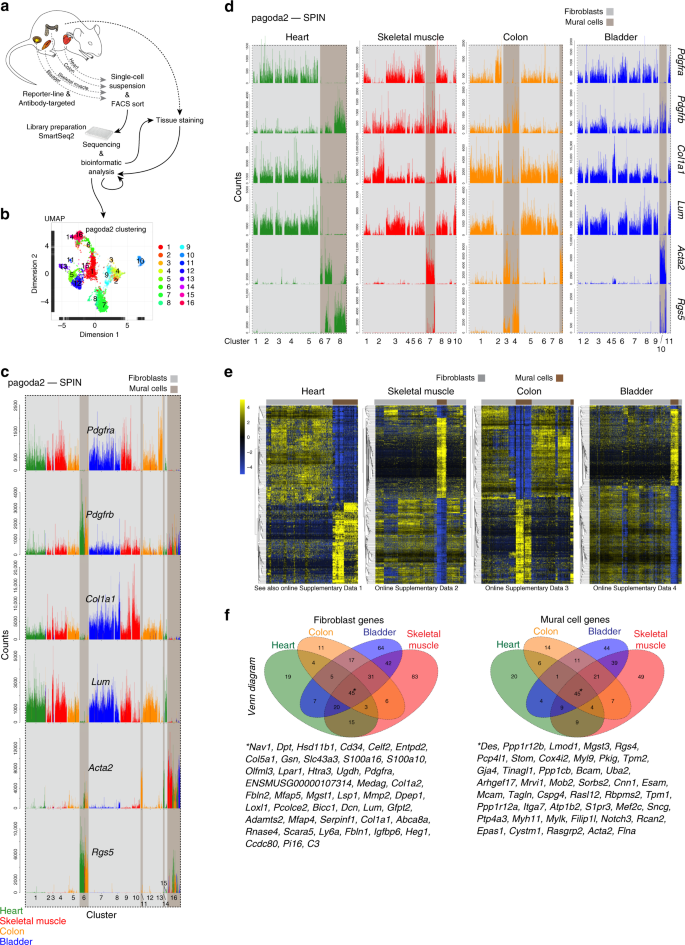
Single-cell analysis uncovers fibroblast heterogeneity and criteria for fibroblast and mural cell identification and discrimination | Nature Communications

Fibroblast Marker (Vimentin, alpha smooth muscle Actin, Hsp47, S100A4) Antibody Panel - Human, Mouse (ab254015)

The expression of DDR-2 (a specific fibroblast marker) in rat cardiac... | Download Scientific Diagram

Fibroblast Marker (Vimentin, alpha smooth muscle Actin, Hsp47, S100A4) Antibody Panel - Human, Mouse (ab254015)

Cancers | Free Full-Text | Single-Cell Transcriptomic Analysis of Tumor-Derived Fibroblasts and Normal Tissue-Resident Fibroblasts Reveals Fibroblast Heterogeneity in Breast Cancer

Changes in fibroblast density, marker expression, proliferation and... | Download Scientific Diagram

Fibroblast morphology and marker expression remain consistent during... | Download Scientific Diagram

A framework for advancing our understanding of cancer-associated fibroblasts | Nature Reviews Cancer








